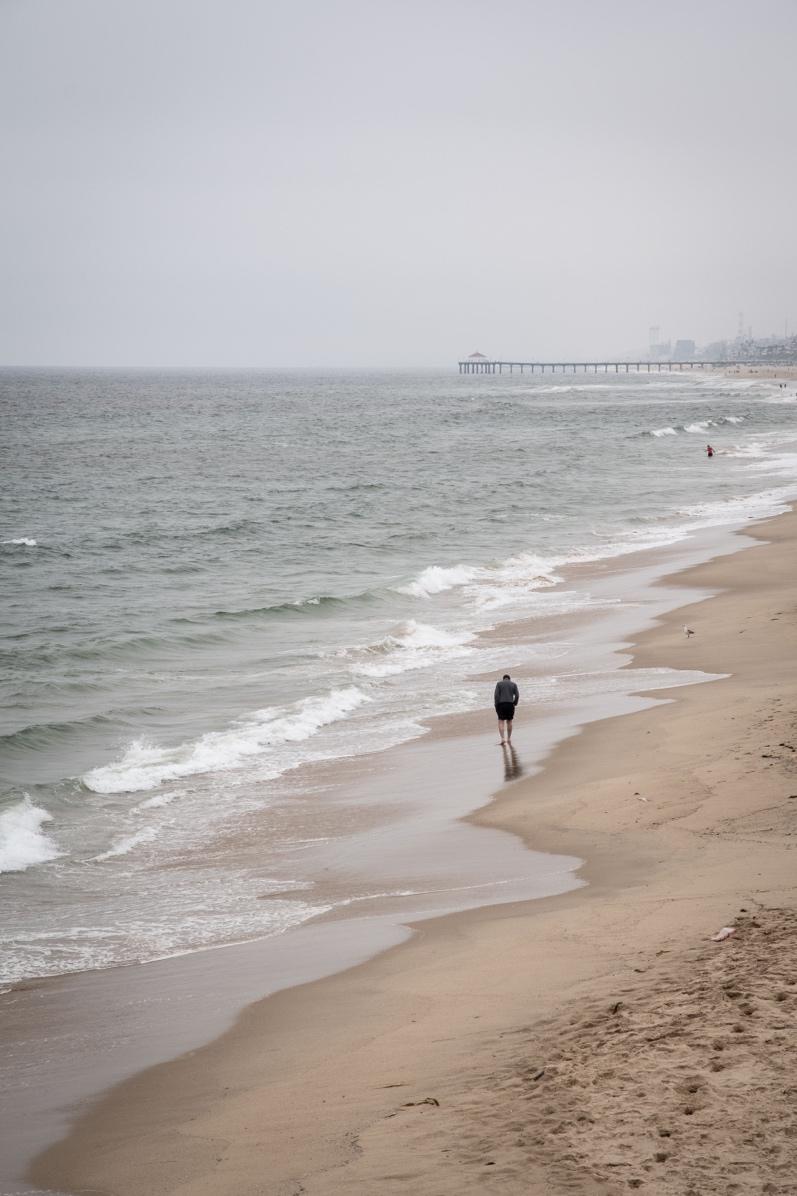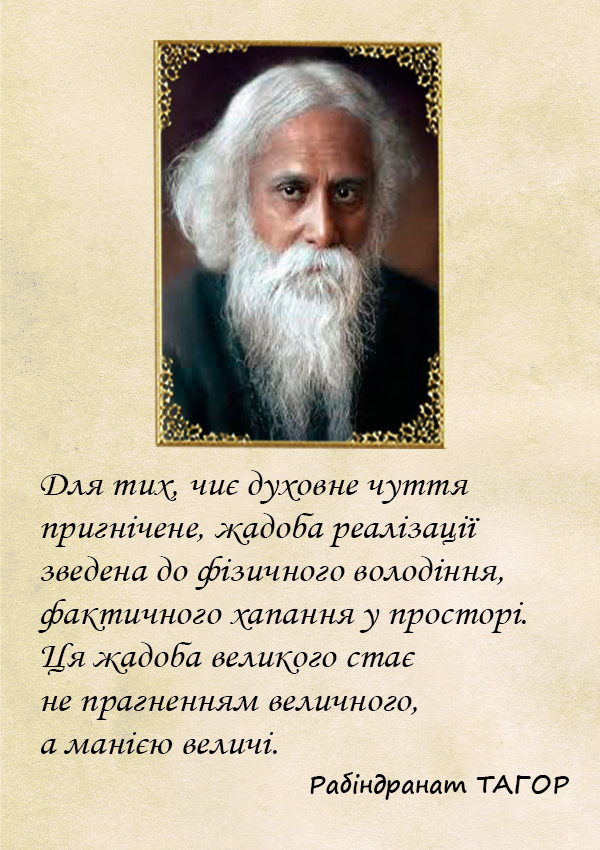
(feature article)
They say it’s always sunny in California. Well, not quite. Dark and heavy sky full of solid clouds, foggy air, no sunrise, no sunset — that’s how Southern California spends most of its spring and early summer. These are the coldest times of the year for this area. Natives enjoy this weather as a breath of fresh air, but the ones who’ve come to SoCal for eternal sunshine usually fall into seasonal depression — it’s not what they expected from the West Coast. Nonetheless, how does it happen? And why exactly does this phenomenon occur in the Golden State?
Normally, sometime in May or June, Californians, who live around the coastline would wake up to cloudy and grayish weather, have their breakfast, hop in their car and go to work. By the time they would have their lunch break and their kids would go back home from school, the sky would clear up and make way for beloved rays of sunshine. Later, families would have their dinner and maybe go to the beach to enjoy a splendid sunset — only to find out their sky has already turned cloudy again. That is the torturous cycle of Californian spring. The intensity of this process depends on how close to the ocean you are: the closer to the coastline, the gloomier it gets. Anyway, experiencing ‘May gray’ in SoCal is inevitable.
This weather has got a lot of silly nicknames throughout its century-long history: ‘Graypril’, ‘May gray’, ‘June gloom’, ‘No-sky July’, ‘Fogust’ etc. It is a popular topic for local humor. However, it’s an incredibly complex meteorological phenomenon, which is unique to Southern California. Technically, this occurring cloudy mass is called a ‘marine layer’ — an air mass over the ocean surface, formed by the temperature inversion and aloft pressure conditions. In other words, when the water is cold and the air is much warmer, that’s when these foggy clouds appear above the ocean. The pressure determines how far this marine layer will spread: the lower the pressure, the more land clouds will cover.
Though this occurrence is common for every body of water in all parts of the planet, it’s not happening anywhere else the way it is on the West Coast, thanks to the ‘El Niño–Southern Oscillation,’ a global climate phenomenon of the Pacific Ocean. To put it simply, it is a process of major shifts of water temperature and pressure conditions, consisting of the warming phase ‘El Niño’ and the cooling phase ‘La Niña,’ which can last for several years. This is a condition that makes Californian clouds and fogs overwhelmingly huge. The most dramatic weather occurs during the cool ‘La Niña’ years — the marine layer becomes so enormous that it lasts throughout the whole summer. Of course, this phenomenon also got its special nickname — ‘Summer bummer.’
Due to climate changes, ‘El Niño’ is expected to become a usual occurrence and only intensify with time. However, no matter the weather, we can always trust Californians to come up with the most hilarious jokes that would make the situation a little bit sunnier.


























































Залишити відповідь